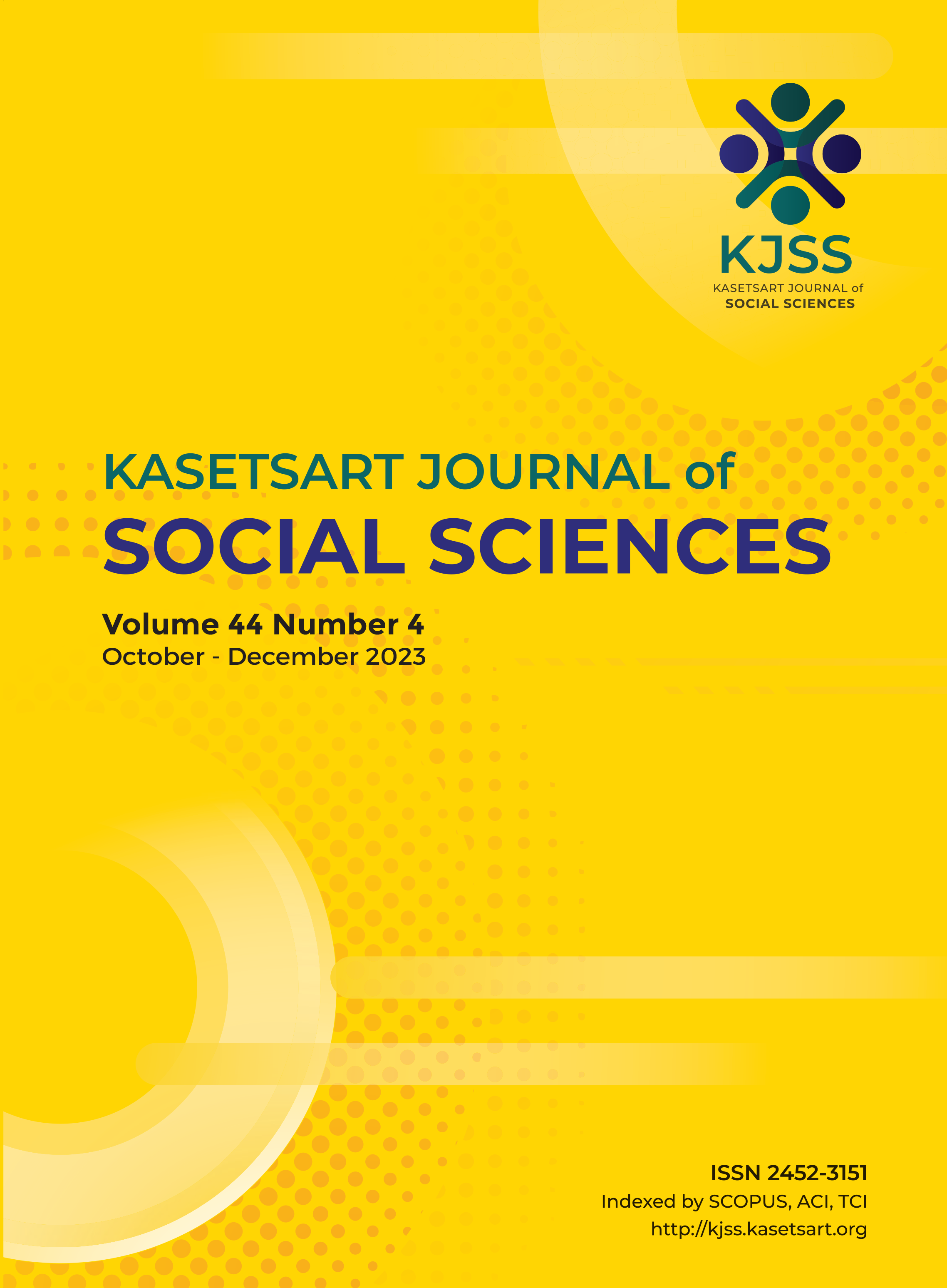The results of knowledge management and human resource development to solve the problem of inequality in the border and economic corridors in Maemoh City, Lampang Province
Keywords:
border and economic corridors, human resources development, inequality, knowledge management, Maemoh cityAbstract
The purposes of this study were to: (1) study the target area‘s needs; (2) develop and study the suitability of a curriculum for career competency based on the target area‘s needs; and (3) implement and compare participants’ achievement before and after curriculum implementation. The Mohluang Community, Maemoh city in Lampang province was selected as the target area since the village leaders had a positive vision for human resource development to reduce inequality. The participatory action research design was utilized in this study. The research instruments constituted a curriculum for career competency in terms of comprehensive community enterprises, a curriculum handbook, and a semi-structured interview. Content analysis and percentages were used for data analysis. The following findings were revealed: (1) The target area needs a comprehensive community enterprise that fosters collaboration among career groups in the community; (2) A competency career curriculum was developed with two phases, namely; (2.1) the process of mastering locals’ development in Mohluang Community for driving a comprehensive community enterprise, and (2.2) the process of extension to locals in Mohluang Community to enhance career competency in terms of comprehensive community enterprises. The developed curriculum was suitable as it led to the involvement of participants in knowledge sharing and collaborative performance; (3) After curriculum implementation, the following results were obtained: (3.1) Sales of local products generated a 3 percent increase in revenue; (3.2) Three local products were developed; and (3.3) a local tourism business plan was developed in the community.
Downloads
Published
How to Cite
Issue
Section
License

This work is licensed under a Creative Commons Attribution-NonCommercial-NoDerivatives 4.0 International License.
This is an open access article under the CC BY-NC-ND license http://creativecommons.org/licenses/by-nc-nd/4.0/










